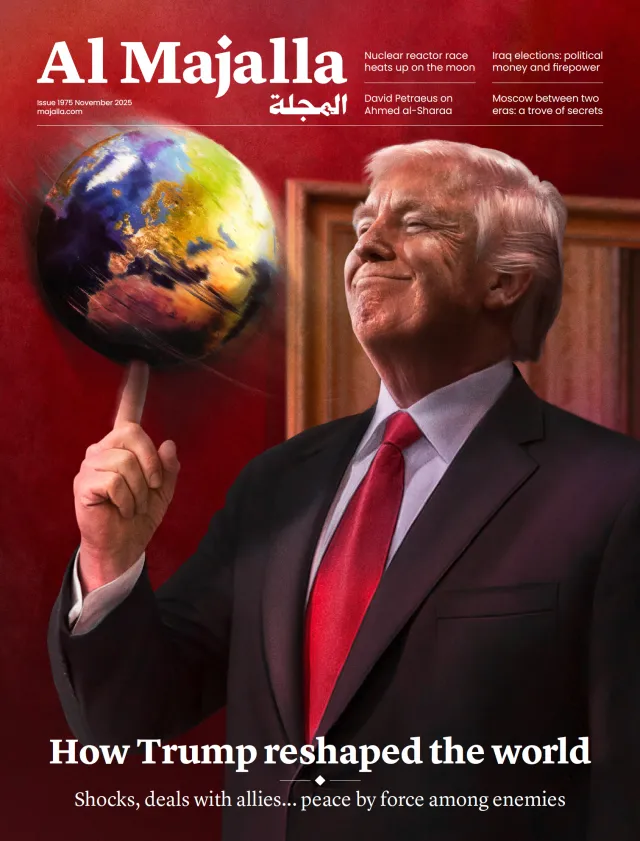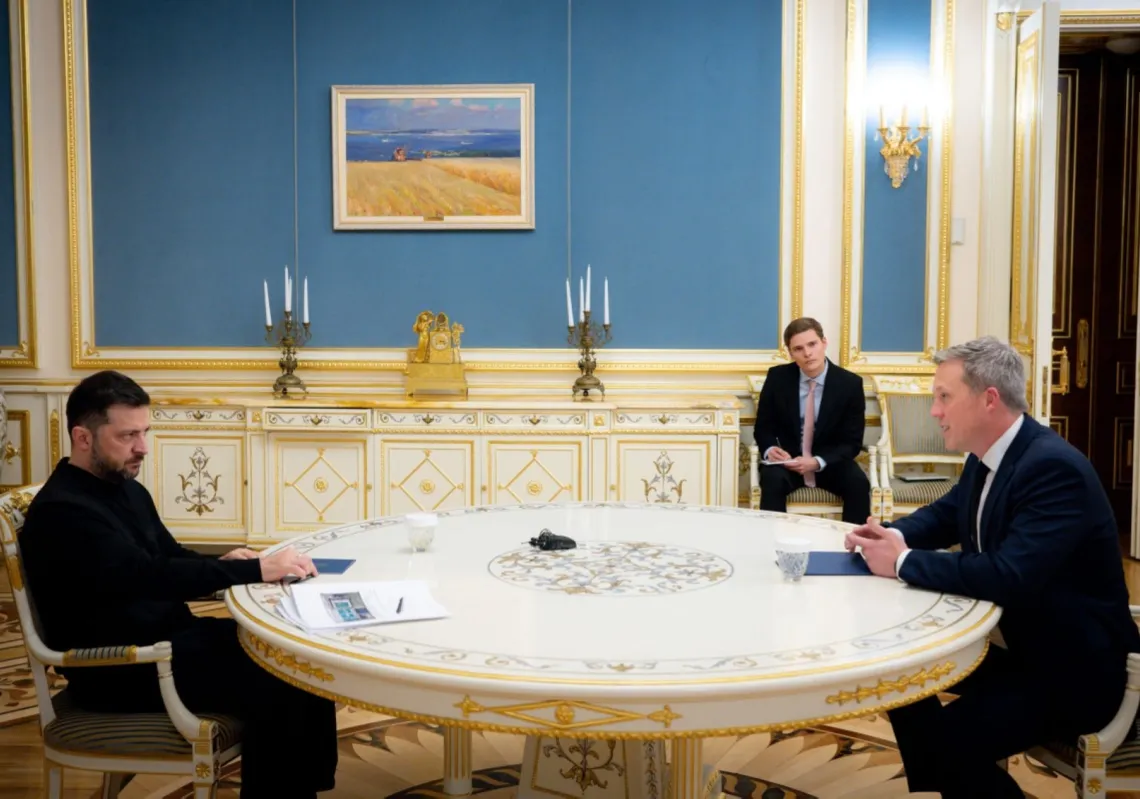In the middle of Salisbury Cathedral in England, British historian Bettany Hughes gazes up towards the beams holding up the cathedral’s roof.
More importantly, she scrutinises the symbols they hold.
As part of her 2005 documentary When the Moors Ruled Europe, she explains how archaeologists made an exciting discovery during cathedral renovations. They found Arabic numerals carved into the rafters, dating back to around 500 AD.
These numbers – like ‘3’ and ‘7’ – are more than familiar to us today, but they were considered “a curious and progressive symbol” back then.

Arabic numerals were only known – and used – by a few elite engineers in the 12th century. Most still relied on the impractical, “clunky old Roman numerals.”
“These (Arabic) numbers, the numbers that we use today, the fact that they’re here is proof that the ordinary craftsman that carved them benefited from an explosion of knowledge that started in Arabia and spread through Europe via Islamic Spain,” says Hughes.
From Andalus to the world
Arabic numerals signified a significant turning point in Europe at the beginning of the 11th century. Sciences rooted in Arabic traditions started to make their way to European cities, impacting all aspects of life, including architecture, knowledge, and trade.
Andalusian civilisation was beginning to make its mark on the world.
Toledo, the learning capital of Andalusia, became a haven for knowledge-seeking European youth. Among them was a particularly important wanderer in search of great wisdom.














